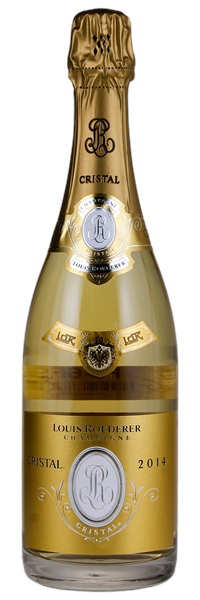Removed from a temperature and humidity controlled wine cellar; Purchased upon release; Consignor is original owner

Image above is an example. To view the image of the lot, click the item number.
Estimate
...with finely meshed flavors of ripe black cherry and mandarin orange fruit, raw almond, anise and cardamom spice as well as a touch of honeycomb, which all unfurl and expand on the fine, creamy palate. Sleek acidity continues through to the finish, with additional racy character provided by a streak of minerally saline and chalk, which gains momentum through the midpalate and rings out on the well-cut, lasting finish.
Lots of mineral and oyster-shell aromas with light toasted-bread and pie-crust undertones. Hints of caramel, apple and pear tart, too. Medium to full body with phenolic intensity and length. Intense at the finish, with driving acidity and length. Generous and expressive.
Bursting from the glass with expressive aromas of ripe citrus fruit, nectarine, white flowers, freshly baked bread and subtle hints of honeycomb, it's medium to full-bodied, vinous and fleshy, with an exuberant core of fruit that's girdled by racy acids...
Gorgeous and classic Cristal stone fruit, chalky minerality, white flowers, almond paste, and subtle toast emerge on the nose and it hits the palate with medium to full-bodied richness, a supple, almost creamy texture, terrific balance, and a great finish.
The bouquet is young and utterly refined, wafting from the glass in a mix of apple, white peach, lemon, chalky minerality, patissière, white lilies and just a touch of citrus zest. On the palate the wine is pure, refined and full-bodied, with a lovely core of fruit, beautifully complex soil tones, snappy acids, seamless balance and a long, nascently complex and utterly precise finish.
Seriously impressive tension... It starts tight and taut, opens out to breadth of fruit on the mid palate, and then offers a positive fan of flavour on the bone-dry finish, all the time titillating every taste bud. Firm and a delightfully serious wine.